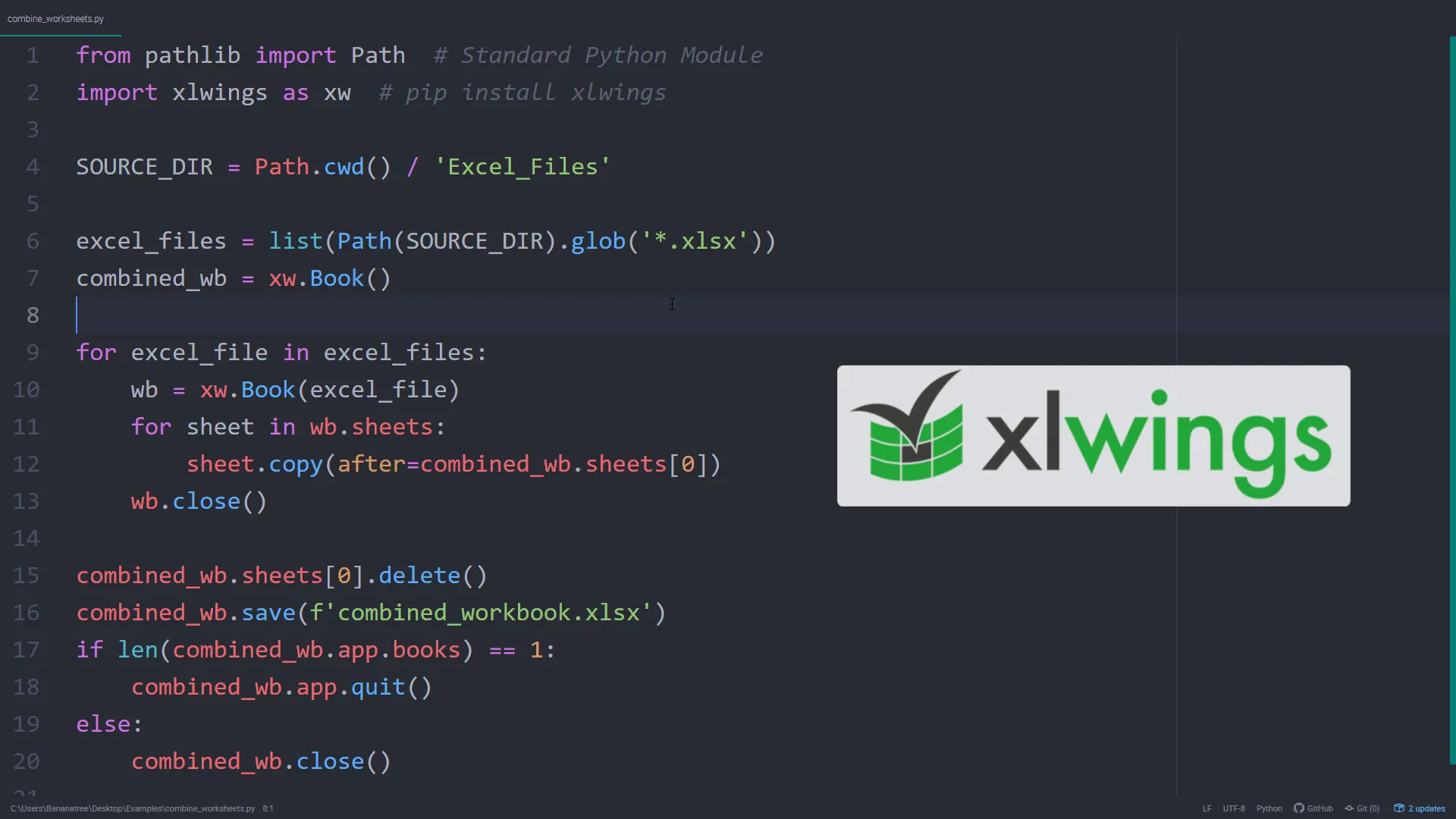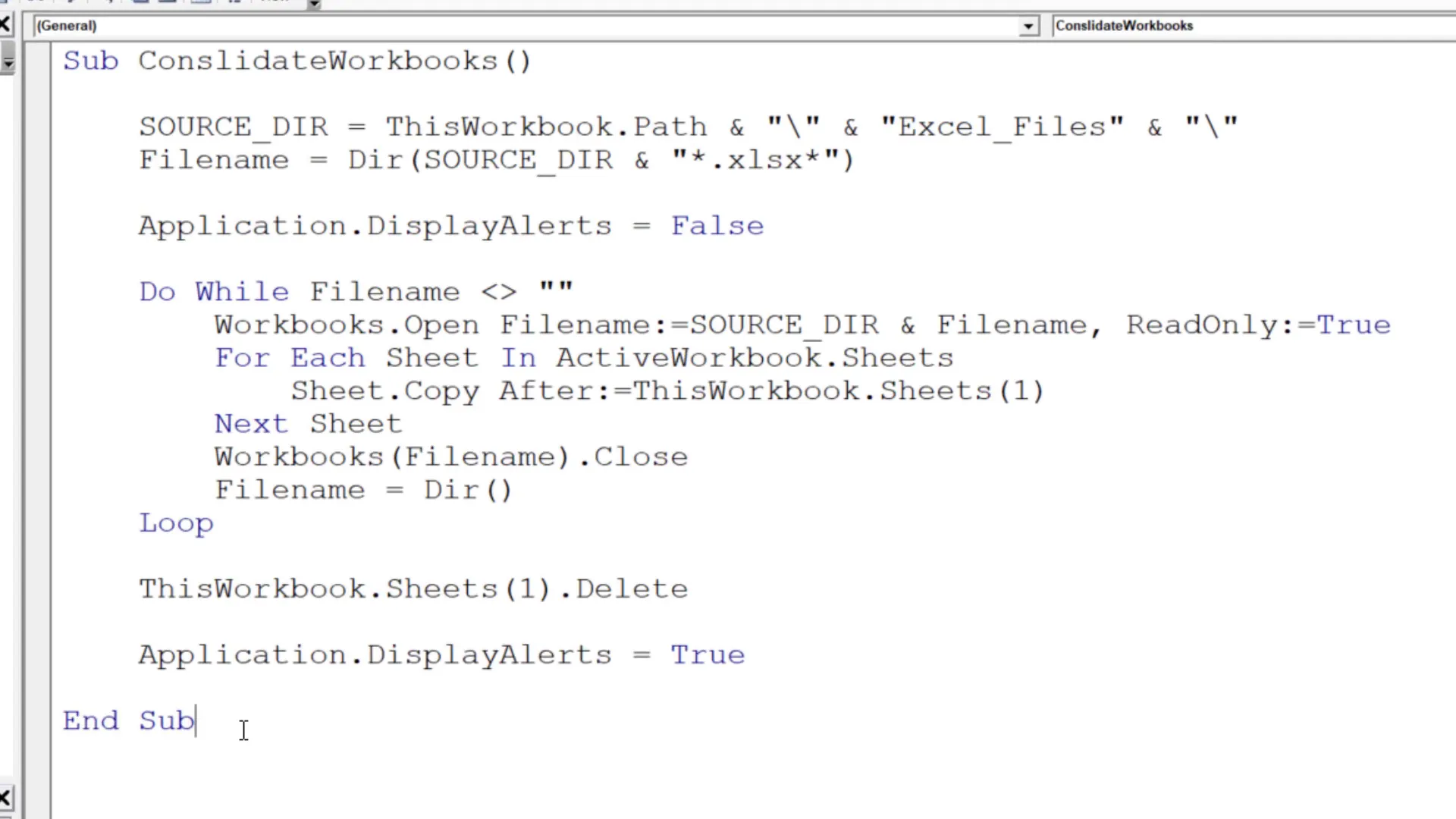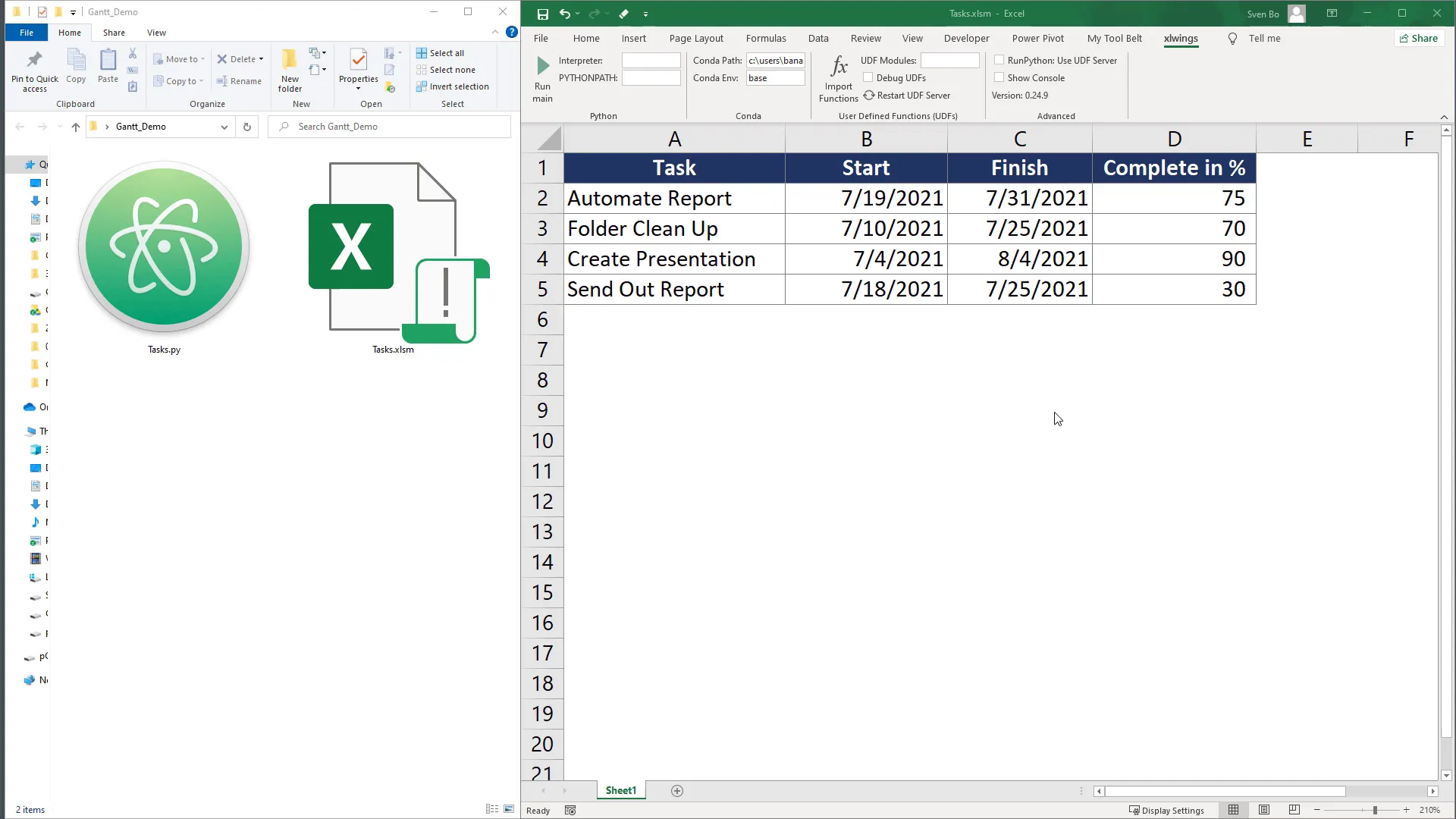The Ultimate Guide to Choosing Between Python and VBA
Introduction
Is Python or VBA better? This is a common question I encounter while creating Python and VBA tutorials. In this post, I’ll explore the pros and cons of both languages, highlighting their unique features and applications. By the end, you’ll be better equipped to choose the right language for your needs.
Opinion Disclaimer
Before diving in, I want to clarify that this is my personal opinion. Your perspective may differ, and that’s completely valid. I encourage you to keep an open mind and share your thoughts in the comments.
Purposes of Python and VBA
Python is a general-purpose programming language widely used for building websites, automating tasks, and conducting data analysis. In contrast, Visual Basic for Applications (VBA) is primarily designed to extend Microsoft Office applications, such as Excel, Word, and PowerPoint. Most users apply VBA within Excel, making it an essential tool for many office tasks.
If your goal is to develop websites, software, or delve into machine learning, then Python is the way to go. However, when working with Microsoft Office applications, both Python and VBA can be useful.
Other Tools for MS Excel
In addition to Python and VBA, there are other tools available for Excel, such as PowerQuery and PowerBi. These tools allow you to transform, analyze, and visualize data without writing a single line of code, making them accessible for users who may not be programmers.
Python and VBA Example
To illustrate the differences between Python and VBA, let’s consider a business use case of consolidating multiple Excel files. I have developed two solutions: one in VBA and the other in Python.
In Python, I will use the xlwings library to accomplish this task. The code requires specifying the folder with the Excel files, creating a new workbook, and looping through the files to copy each worksheet into the new workbook.

On the other hand, in VBA, I define the path to the directory with the Excel files, iterate over each file and worksheet, and copy them to the current spreadsheet.

Both examples achieve the same result, demonstrating the different syntaxes and approaches of each language. Depending on your use case, you may find one language easier than the other.
Pros and Cons of VBA
Let’s start with the advantages of VBA:
- The syntax can be intuitive for those familiar with Excel.
- VBA allows for macro recording, which captures actions in VBA code, making it beginner-friendly.
- It covers the full object model for Microsoft Office applications, automating tasks that can be done manually.
- No additional installation is required, making it easy to share solutions with colleagues.
However, there are also disadvantages:
- VBA is limited to Microsoft Office applications.
- The built-in Visual Basic Editor lacks modern features found in contemporary text editors, such as code completion.
- Microsoft has ceased updates for VBA, meaning no new features will be added.
- There are no data analysis or data science packages available within VBA.
Pros and Cons of Python
Now, let’s examine the advantages of Python:
- Python is rapidly growing in popularity, with a wide range of applications beyond just automation.
- The syntax is beginner-friendly and there are numerous up-to-date learning resources available.
- Python has a vast selection of powerful packages, including pandas for data analysis.
- It is cross-platform, allowing for manipulation of Excel files on various systems.
On the flip side, Python has its downsides:
- It requires additional setup, which can be a barrier for non-technical users.
- Sharing Python scripts can be complicated, especially in environments where Python isn’t commonly used.
- There is a steep learning curve, particularly for setting up dependencies and getting familiar with syntax.
Conclusion
In conclusion, while Python may be more powerful than VBA, the choice between the two largely depends on your intended use. For simple automation tasks within Microsoft applications, VBA is often sufficient. However, if you’re looking to build more complex applications or conduct data analysis, Python is the better choice. Remember, programming languages are like tools; the key is to select the right one for the job.
Tips to Combine Python and Excel
If you’re planning to integrate Python with Excel, consider using add-ins like xlwings and MyToolBelt. The xlwings add-in allows you to execute Python code directly from Excel, while MyToolBelt simplifies the process of creating Python files based on your Excel selections.


